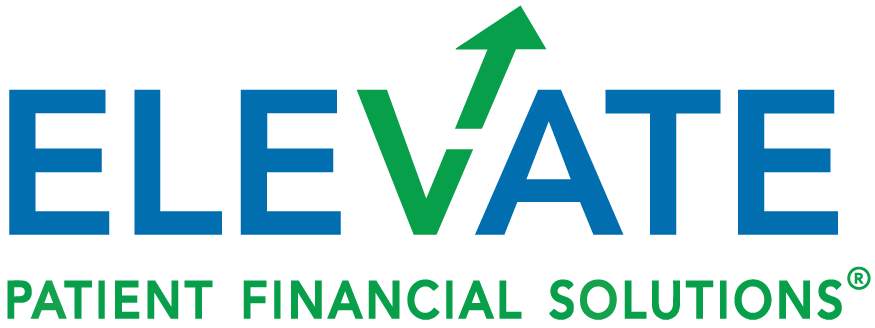Best Practices for Handling Out-of-State Medicaid Enrollment and Billing
By Jez Garcia, Regional Vice President of Out-of-State Medicaid Services, Elevate Patient Financial Solutions®
Out-of-state Medicaid enrollment and billing is a complex part of the healthcare revenue cycle due to varying state rules, deadlines, and claim requirements. Providers need to manage numerous Medicaid payers with unique protocols, often requiring specific documentation and enrollment processes. Not keeping up with these nuances can lead to delayed payments, denials, and lost revenue.
Eligibility Verification
Each state manages its own Medicaid program, resulting in different eligibility criteria, benefit coverage, and administrative procedures. Providers must verify Medicaid eligibility in the patient’s state prior to submitting claims, as eligibility and benefit coverage can vary. It can also be challenging if the patient has moved or if their eligibility status has changed. Providers need a good process for efficiently determining the status of each patient account. The first step is identifying if the patient is eligible for the date of service and determining what coverage they have. An out-of-state patient might think they have Medicaid, or they might not know if they do.
Proactive Enrollment
To bill out-of-state claims, providers must be enrolled in each applicable state’s Medicaid program, which may require submitting detailed information. It’s a good idea to proactively enroll in all your surrounding states’ Medicaid programs, even if you are not actively billing claims in those states. When looking at whether your organization should enroll in a specific out-of-state agency, you’ll need to review your patient account inventory patterns. Managing payers and looking at your entire inventory to understand the demographics of patients that are coming to your facilities is important. Once you have identified what programs your patients are eligible for, you’ll need to understand those payers’ requirements, as well as the timely deadlines for enrollment and if you need to start an authorization.
State-Specific Requirements
Each state’s Medicaid program has its own rules, claim forms, and billing procedures. Once you have identified Medicaid as a potential payer, you’ll need to know the requirements for that state’s program. For example, some states require itemized statements. Some states require the authorization to be completed. And if a health management organization (HMO) is involved, they may not have these requirements.
Keeping Your Staff Informed
If most of your accounts are inpatient or patients who come in through emergency observations, these will typically require some form of authorization. Keeping the folks who complete the authorizations in the loop ensures they understand to note if a patient is out-of-state so they can start the process right away. Most payers will allow you to start the authorization without being enrolled. Educate your staff on proper documentation, verification procedures, and state-specific requirements.
Claim Submission Strategy
Make sure you use the appropriate claim forms and adhere to state-specific deadlines for submitting claims. Most payers now only allow electronic billing. Setting up electronic data interchanges directly with the payers is key. You’ll want to ensure those electronic payers are set up within your patient accounting system, and you have a good process in place for that. Failure to comply with state-specific requirements can lead to claim denials, including issues related to eligibility, documentation, coding, or prior authorization.
Understanding Enrollment and Claim Deadlines
The enrollment deadline requirement and the claim deadline might not be the same. There’s no standardized deadline for out-of-state Medicaid claims or enrollment across all states. Each state has its own Medicaid program with specific rules and deadlines. The timeframe for filing Medicaid claims can vary significantly between states. Some states may have deadlines of 90 days, while others might allow up to a year from the date of service.
Federal guidelines require states to pay claims within three years from the date of service, but some payers may have earlier deadlines for beneficiaries and providers. You’ll need to track and meet each state’s filing deadlines meticulously. Creating a system to flag approaching deadlines and prioritize claims processing will help keep you on track. Late submissions often result in automatic denials that cannot be appealed.
To effectively manage out-of-state eligibility, enrollment, and claims, it’s crucial to understand state-specific rules, use the right tools for verification, and ensure proper billing practices. Having an effective billing process and staying abreast of ever-changing state requirements can reduce the amount of debt you’ll write off, increase your revenue recovery, and help you be more efficient and financially secure.
About Elevate Patient Financial Solutions®
Elevate Patient Financial Solutions® is a trusted provider of patient-focused revenue cycle management solutions, including Eligibility & Enrollment, Complex Claims, Denials Management, Extended Business Office Engagements, and Self-Pay/Early Out Services. With in-depth, state-specific knowledge and a coast-to-coast presence, ElevatePFS® delivers exceptional performance and an unmatched client experience.
The ElevatePFS® full-service out-of-state Medicaid enrollment and billing solution includes a team of experts with physician and facility enrollment and billing experience in all 50 states. It also includes proprietary technology built to effectively manage complex account workflows. The ElevatePFS® team does the hard work that is needed to proactively manage complex accounts and optimize the provider’s revenue recovery. They focus resources on areas that will produce the greatest results and build customized programs to meet each client’s need, freeing up hospital staff to focus on other priorities.

